
cd_nom
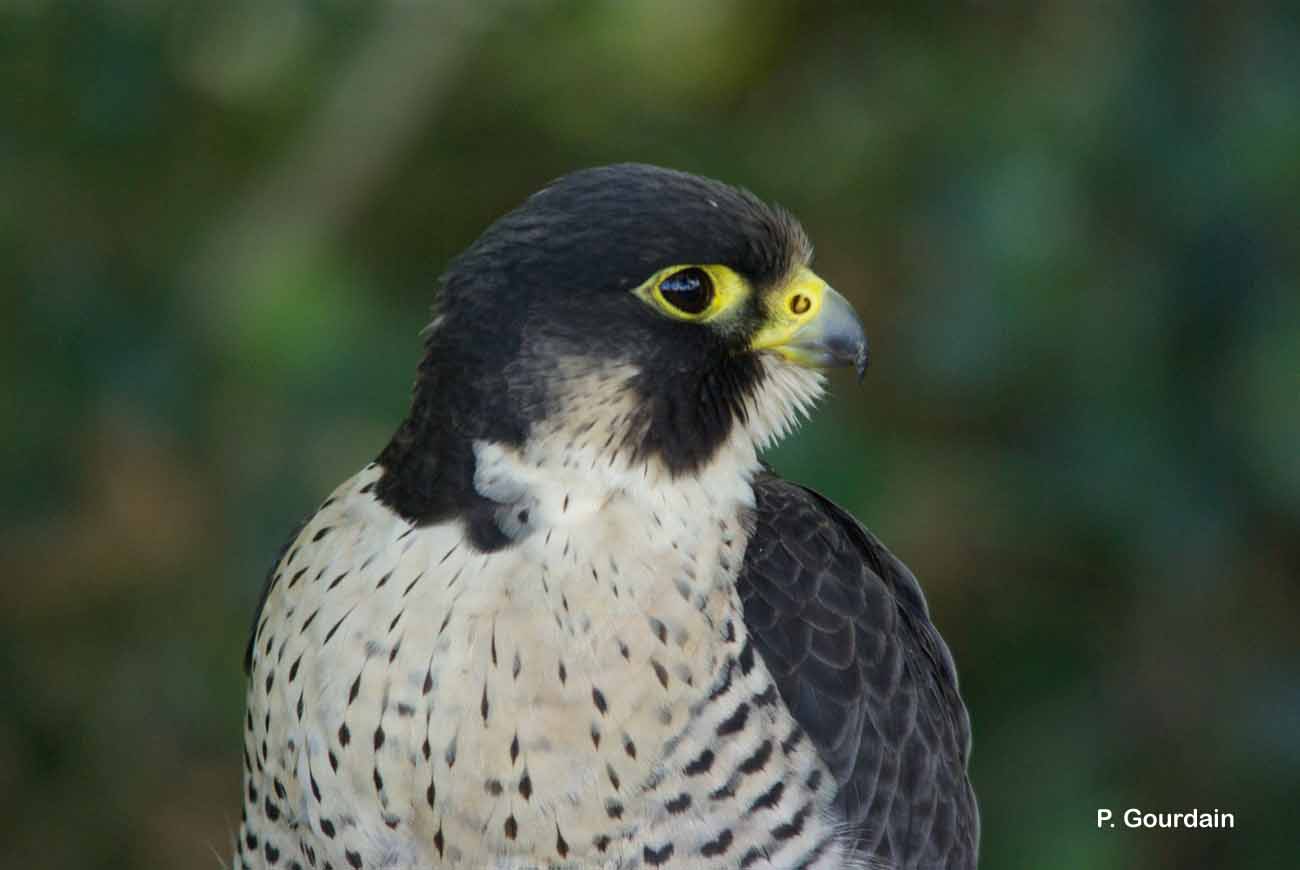
| Author : P. Gourdain |
 |
To get the picture, please visit:
Philippe GOURDAIN
Muséum national d'Histoire naturelle - Service du Patrimoine Naturel
36 rue Geoffroy Saint-Hilaire
CP 41
75 231 PARIS CEDEX 05
e-mail : inpn@mnhn.fr
Despite the Creative Commons license, please inform the author of the use which will be made of his photo
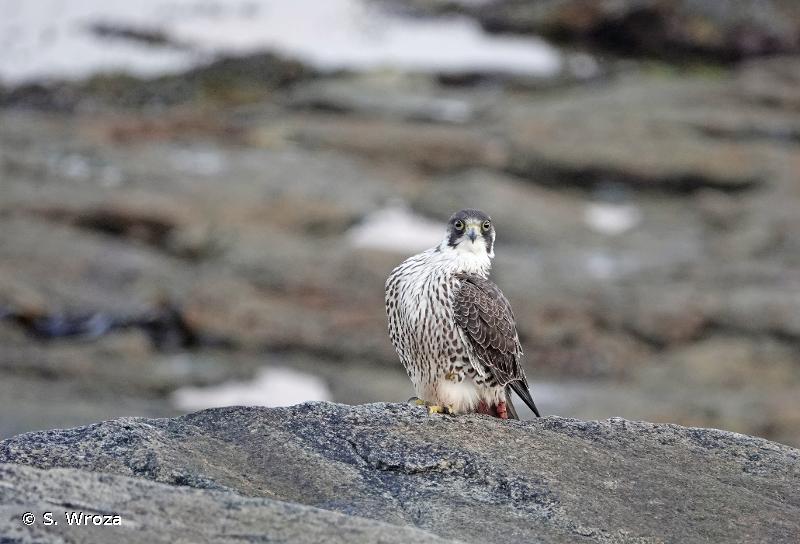
| Author : S. Wroza |
 |
Despite the Creative Commons license, please inform the author of the use which will be made of his photo
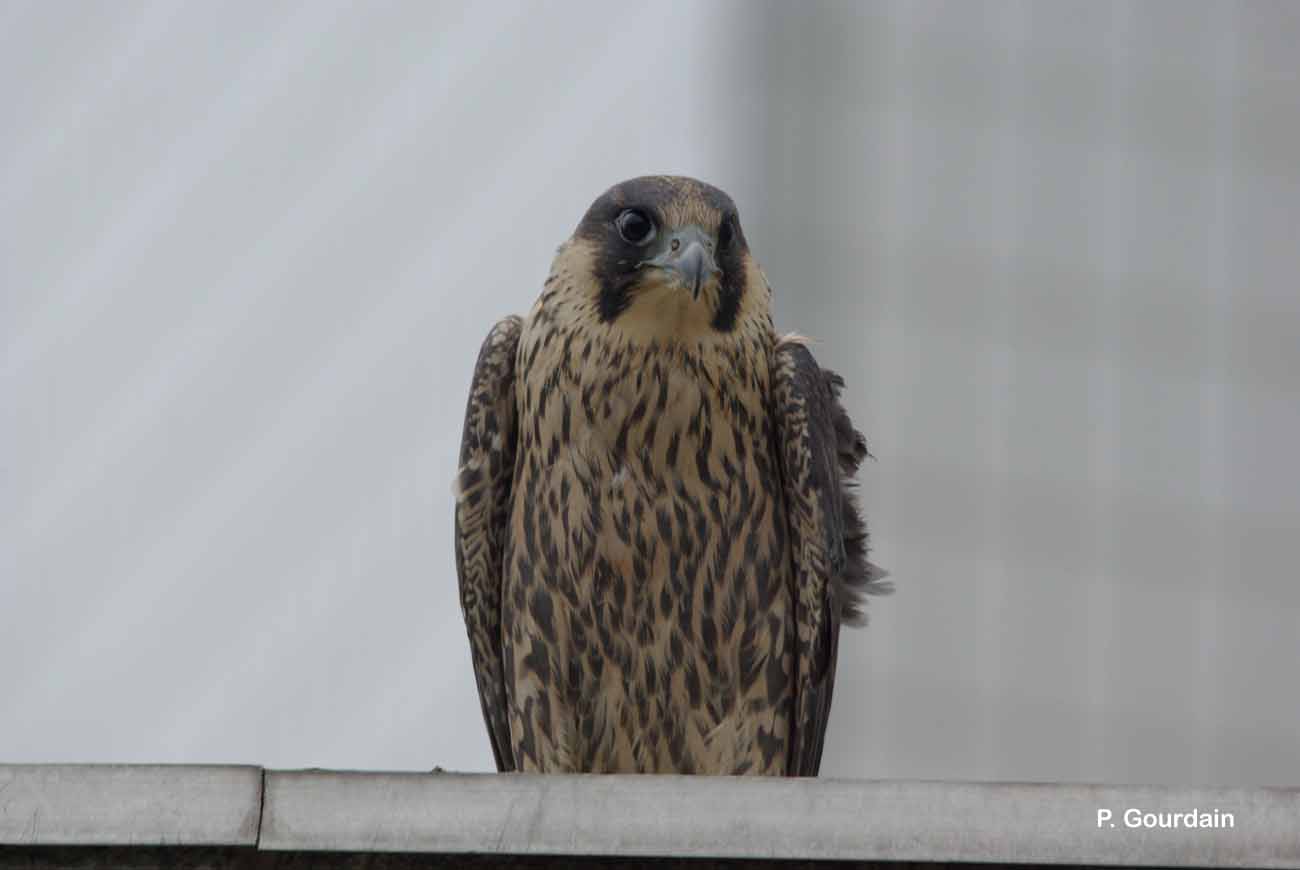
| Author : P. Gourdain |
 |
To get the picture, please visit:
Philippe GOURDAIN
Muséum national d'Histoire naturelle - Service du Patrimoine Naturel
36 rue Geoffroy Saint-Hilaire
CP 41
75 231 PARIS CEDEX 05
e-mail : inpn@mnhn.fr
Despite the Creative Commons license, please inform the author of the use which will be made of his photo
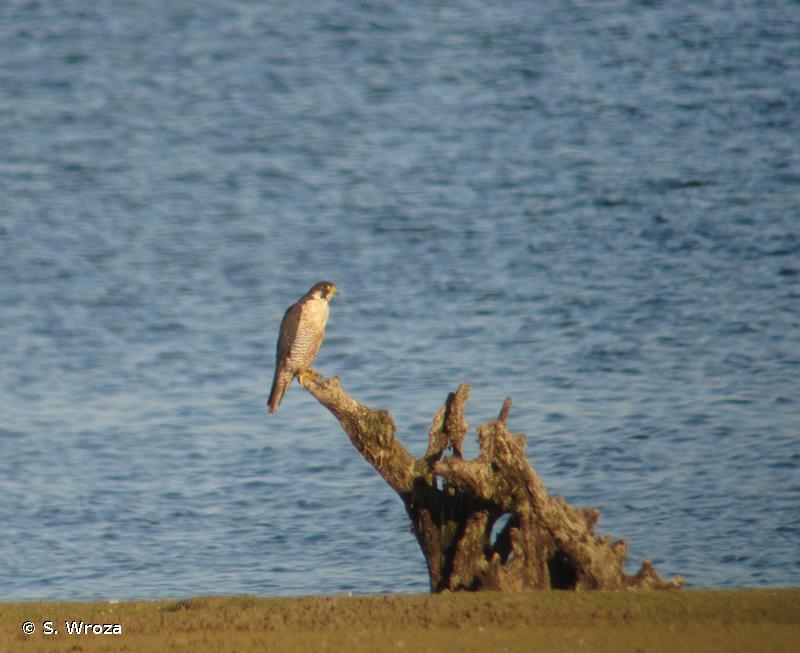
| Author : S. Wroza |
 |
Despite the Creative Commons license, please inform the author of the use which will be made of his photo

| Author : S. Wroza |
 |
Despite the Creative Commons license, please inform the author of the use which will be made of his photo
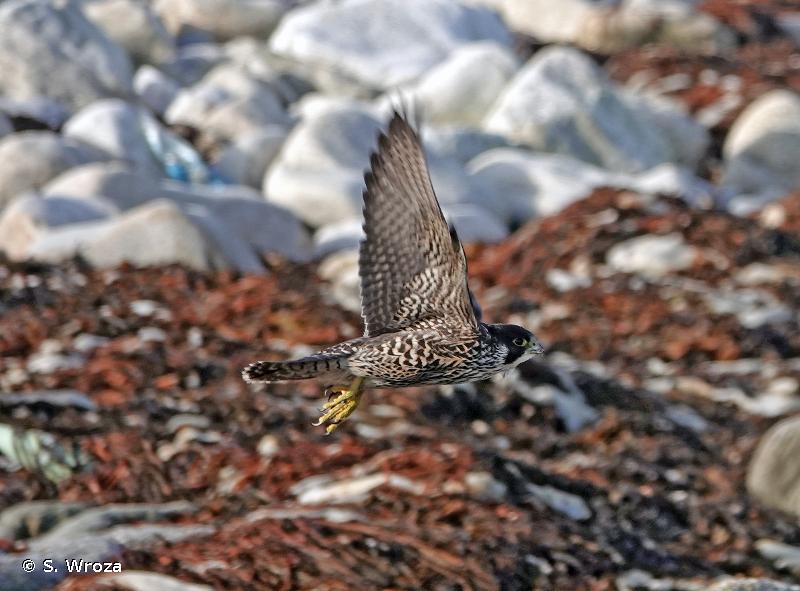
| Author : S. Wroza |
 |
Despite the Creative Commons license, please inform the author of the use which will be made of his photo

| Author : J.P. Siblet |
 |
To get the picture, please visit:
Jean-Philippe SIBLET
Muséum national d'Histoire naturelle - Service du Patrimoine Naturel
36 rue Geoffroy Saint-Hilaire
CP 41
75 231 PARIS CEDEX 05
e-mail : inpn@mnhn.fr
Despite the Creative Commons license, please inform the author of the use which will be made of his photo
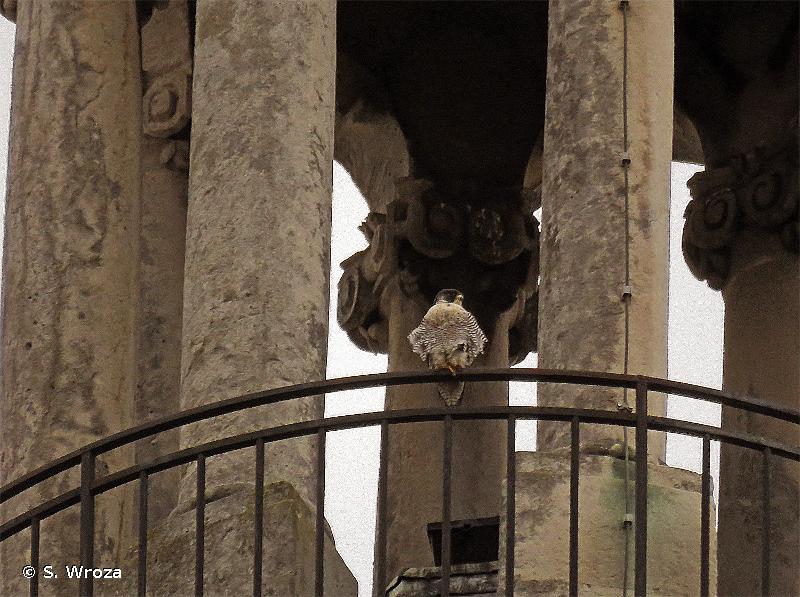
| Author : S. Wroza |
 |
Despite the Creative Commons license, please inform the author of the use which will be made of his photo
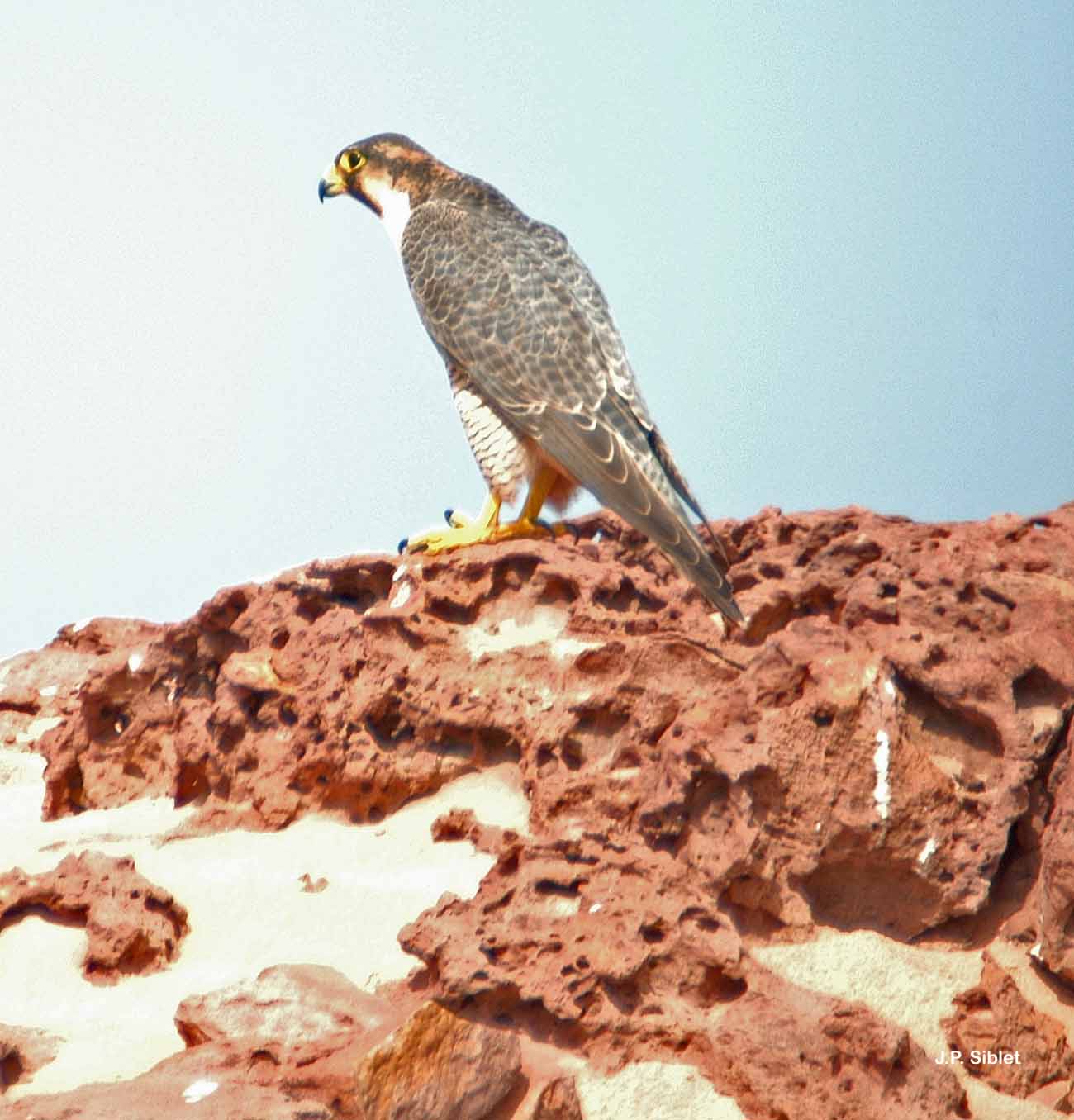
| Author : J.P. Siblet |
 |
To get the picture, please visit:
Jean-Philippe SIBLET
Muséum national d'Histoire naturelle - Service du Patrimoine Naturel
36 rue Geoffroy Saint-Hilaire
CP 41
75 231 PARIS CEDEX 05
e-mail : inpn@mnhn.fr
Despite the Creative Commons license, please inform the author of the use which will be made of his photo

| Author : S. Wroza |
 |
Despite the Creative Commons license, please inform the author of the use which will be made of his photo
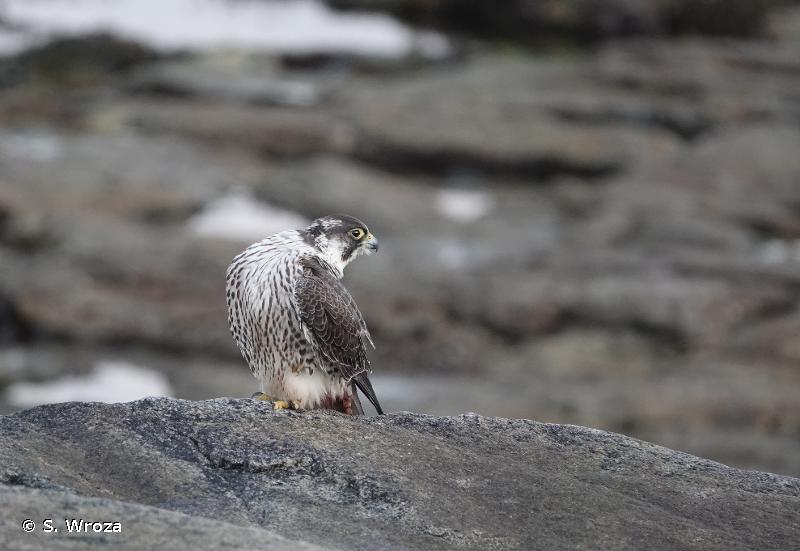
| Author : S. Wroza |
 |
Despite the Creative Commons license, please inform the author of the use which will be made of his photo

| Author : S. Wroza |
 |
Despite the Creative Commons license, please inform the author of the use which will be made of his photo
Longueur 36-48 cm, envergure 95-110 cm, poids 580-1 300 g (ssp. peregrinus).
Pour se reproduire, il recherche les falaises et autres parois tranquilles, s’adaptant aux carrières et parfois aux bâtiments élevés. Pour la chasse, il a besoin de grandes zones ouvertes incluant fréquemment des zones humides ou des habitats côtiers.
Le Faucon pèlerin se nourrit habituellement d’oiseaux capturés au vol, sur des terrains ouverts ou au-dessus de l’eau. Les proies sont repérées lors de vols hauts en cercles, sinon de perchoirs élevés. La poursuite se finit souvent par une plongée rapide, ailes fermées. Le choix des proies varie selon la disponibilité et le type de milieu. L’éventail des dimensions est extrême, allant du Roitelet huppé au Héron cendré ou à l’Oie (en moyenne de la taille d’un Merle à celle d’un Pigeon).
L’espèce est monogame et mène une vie solitaire ou en couples. Ceux-ci restent souvent ensemble toute l’année sur leur territoire, tant que les conditions climatiques et les ressources alimentaires le permettent. La formation d’un couple débute généralement tôt dans l’année, bien qu’elle ait parfois lieu en mars ou avril, juste avant la ponte. Pendant la saison de reproduction, les vols nuptiaux s’observent à proximité de l’aire.
L’aire est située sur une corniche de falaise. C’est une simple dépression grattée au sol ou au sein d’un vieux nid d’une autre espèce. La ponte de 3-4 œufs (extrêmes : 2 à 6) est déposée à partir de la fin mars. L’incubation dure 1 mois et l’éclosion, faiblement asynchrone, génère des différences de taille importante chez les poussins. Il y a très peu de compétition alimentaire entre eux et l’envol a lieu à l’âge de 35-42 jours. Les jeunes sont encore nourris pendant 3-4 semaines et mettent près de 2 mois avant de chasser efficacement.
Spanneut, L.(Ecosphère, Service du Patrimoine Naturel.),2008
Continental
Metropolitan France
Overseas
Marine
Metropolitan France
Overseas
The map presents a summary at the 10 x 10 km grid of the observation data for the species transmitted to the SINP. These data have been subjected to validation filters.
The map presents a reference distribution layer of the species at the scale of departments and marine sectors. The presence and absence data were established by expertise within a network of partners. This reference distribution is used in the validation process of the SINP data at the INPN level.
Corresponds to a report on the basis of at least one observation proved within a period of 10 years (20 years for little-known invertebrates) preceding the year and no presumption of extinction since obtaining the last data nor doubt on reproductive and implemented nature of this population. For migratory species, the presence indicated concerns areas of reproduction.
This status is based on one or more of the following criteria:
This point covers the absence, more difficult by nature to demonstrate than presence. This status is based on one or more of the following criteria:
This status must be assigned to a department in which the presence of the species is casual.
Particular case of absence due to a proven extinction less than a half century ago (older disappearances are treated as "no probable or definite").
In the state of knowledge, we can not comment on the presence or absence in the current department. This is the default status when not comprised in one of the previous categories or whenever there is doubt.
The map shows the global distribution of the species based on GBIF data (Global Biodiversity Information Facility).
